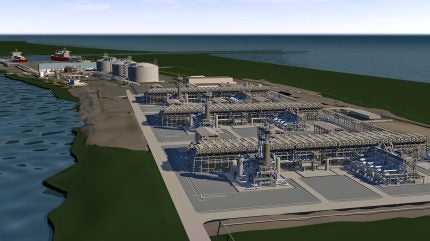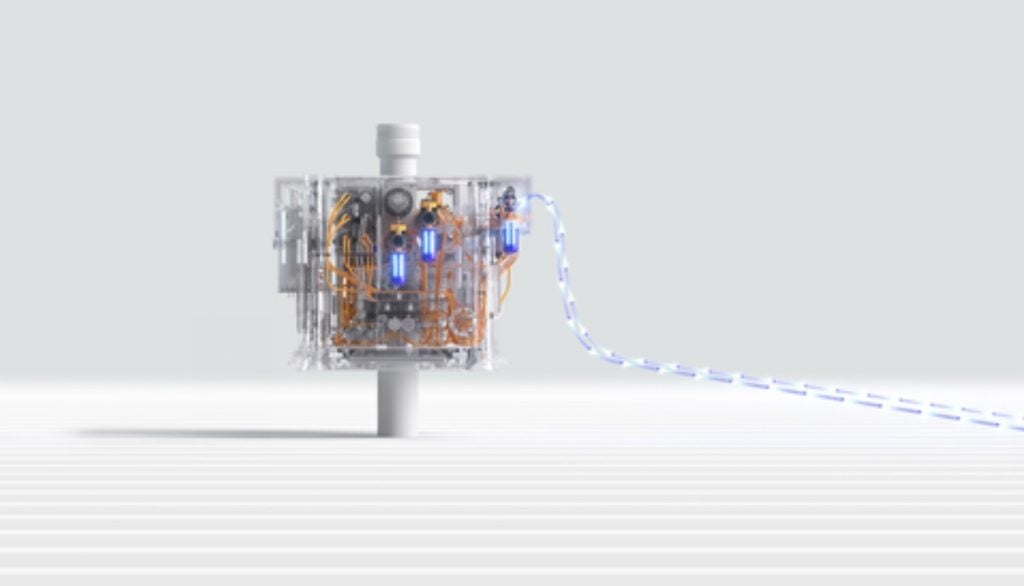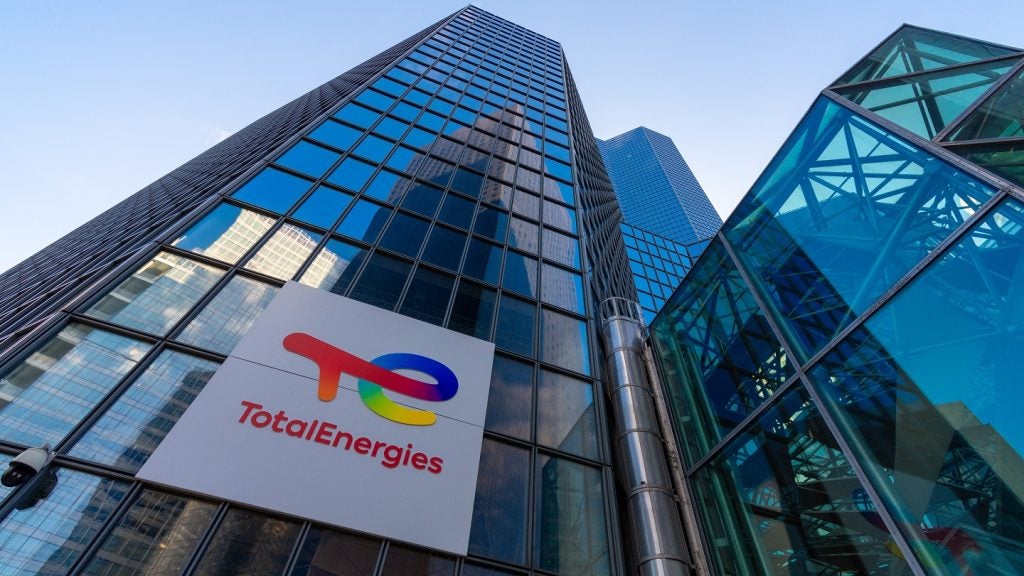
Freeport LNG shipped its first tanker in 12 days from its Texas export terminal on Tuesday, marking a resumption of gas processing after an outage last month.
In March, Freeport shut down the train 2 liquefaction unit at its Texas plant and said that train 1 would be closed imminently. Each of the trains can turn around 700 million cubic feet (mcf) per day of feed gas into LNG.
The company said it could afford the fall in output associated with shutting down the trains as train 3, which froze in January and was out of action, had come back online. However, on 9 April, train 3 tripped and output from the plant dropped to near zero.
Freeport LNG is one of the US’s largest LNG export facilities and the US was the largest exporter of LNG in the world last year. Fluctuations in output at Freeport have therefore had major impacts on global gas prices. At the time of the drop in output, gas futures were up around 6% at the Dutch Title Transfer facility.
According to data seen by Reuters, the tanker BW Pavilion Leeara was partially loaded when it left Freeport LNG’s dock late Tuesday. This was the first vessel to depart the Quintana, Texas, plant since 11 April.
Pipeline gas flows were on track to reach 800mcf, up from 100mcf last Friday. At normal times, flows to the plant are around 2.2 billion cubic feet per day (bcf/d) to 2.4bcf/d.
How well do you really know your competitors?
Access the most comprehensive Company Profiles on the market, powered by GlobalData. Save hours of research. Gain competitive edge.

Thank you!
Your download email will arrive shortly
Not ready to buy yet? Download a free sample
We are confident about the unique quality of our Company Profiles. However, we want you to make the most beneficial decision for your business, so we offer a free sample that you can download by submitting the below form
By GlobalDataIn other news, Freeport was fined $152,173 last week for violating state air pollution emissions rules between 2019 and 2021.
The Texas Commission on Environmental Quality said on 11 April that Freeport LNG had released carbon monoxide, hydrogen sulphide, nitrogen oxides, sulphur dioxide and volatile organic compounds over several years in excess of the permitted levels from flaring at the plant in Quintana.







